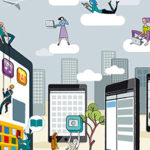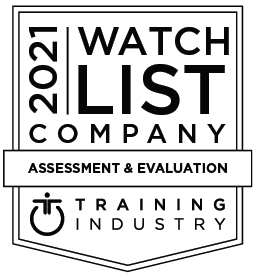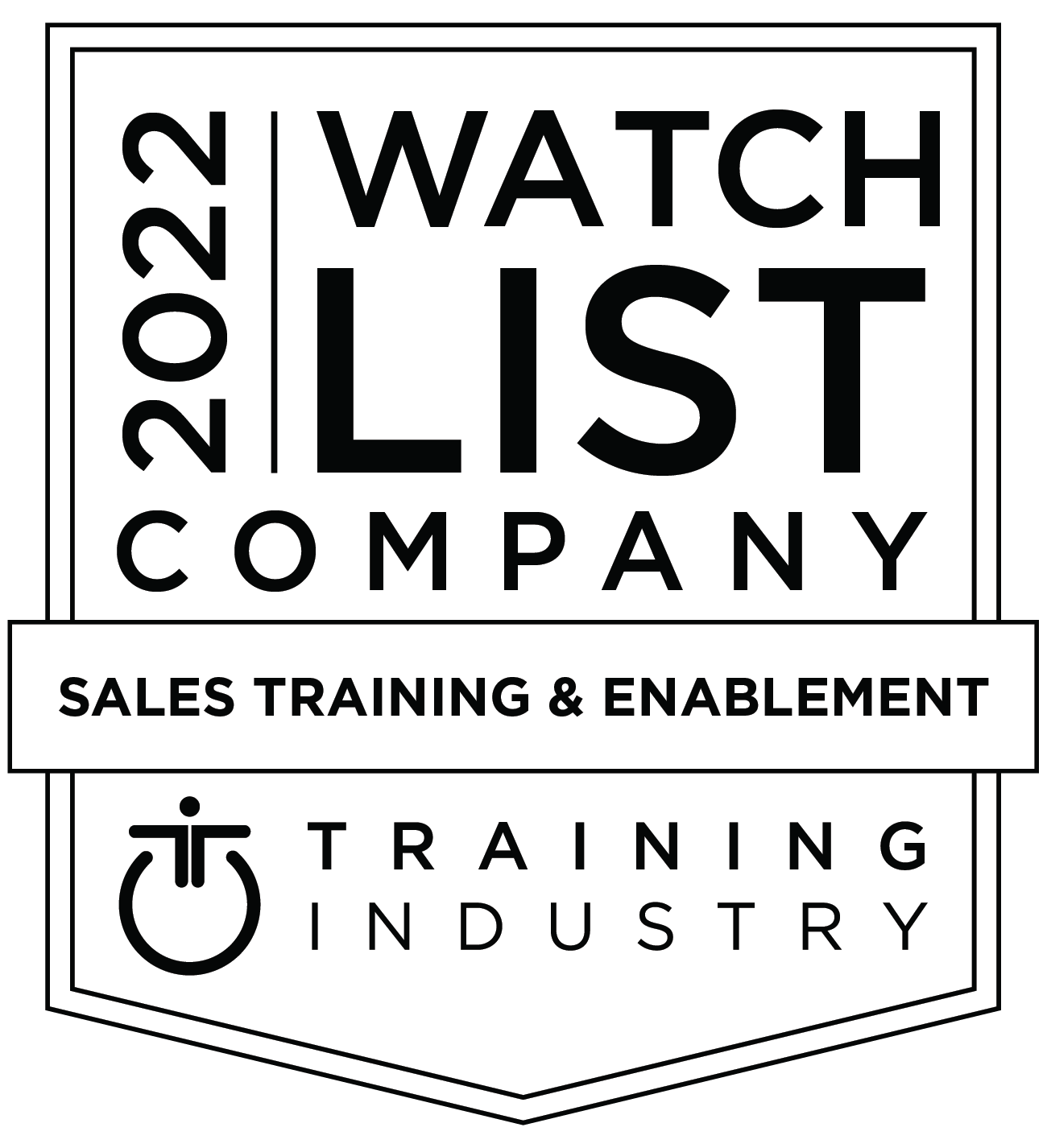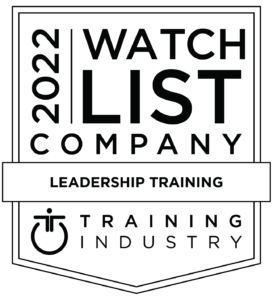Last week, I attended the Association of Briefing Program Managers (ABPM) Fall Workshop Series in Chapel Hill, NC. While there, Tim Larson of Downstream led a session on “cool tools,” where he shared what he believes will be the impact of big data and the Internet of Things on customer-facing communications.
The stats were mindblowing.
By 2020, 212 billion “things” will be networked and 5 billion people will have access to the Internet – that’s 40 times more devices than people. This Internet of Things is expected to generate $14.4 billion of value over the next decade. A recent post in the HBR Blog Network, The Internet of Things Will Change Your Company, Not Just Your Products, detailed some of the emerging challenges for companies competing in the Internet of Things marketplace.
At ABPM, Tim talked specifically about the array of smart, responsive environments, and digital presentation tools that are showing up in corporate headquarters and meeting rooms around the world. Everything, it seems, is becoming an “interface.”
What effect will cool tools have on how you talk with your customers?
How will they change the way you plan for your customer engagements or briefings? I’m reminded of an adage from my youth: “The more things change, the more they remain the same.”
Whether you’re using a large touch-screen video wall or an interactive smart room, the technology is a means to an end. It may be an entertaining, easier, or more interactive way for you to highlight information that’s relevant to your listeners. While it’s important to develop a level of comfort using these new tools, the tools shouldn’t change the substance of your conversation with customers – nor should they substitute for substance.
Remember: the “cool tool” is not the presentation. It’s just that – a tool.
Be prepared.
While cool tools are captivating and can help to convey relevance and credibility, they don’t change the fundamentals. The most important element of any customer interaction is still the customer!
Do your research. Know your audience. Find out what’s important to them before they come to visit. Think through and prioritize 2-3 key points that you want to share.
Be adaptive.
When you’re with your customers, whether interacting via large screen video or in person, focus your attention on them. Listen. Watch their body language. Engage in conversation, and let the customer take you where they want to go.
Encourage them to interact with you and with the technology. Keep it simple. Map your capabilities to the business needs of your customer. Your goal is to give them the information they need to advocate for your solution when they return to Kalamazoo.
Don’t forget to ask.
When your time with the customer has come to an end, don’t forget to ask for the next step. Whether it’s engaging in a Proof of Concept or talking with another satisfied customer who’s solved similar business challenges with your solutions, invite the customer to continue the conversation.
This will not only strengthen your credibility and relationship with the customer, it will also help move the sales cycle forward.
New technology is exciting. By all means, use it.
Just be wary of getting so caught up in the newness of things that you lose sight of time-proven principles of customer engagement.
Would customers say that you understand their business needs and engage them in a dialogue based on their interests? Maybe? Not sure?
Browse Mandel’s Corporate Training Workshops. Or, contact us today to discuss how Mandel can help you develop your people into professionals who possess the conversation and presentation skills needed to win the customer’s confidence and business.










